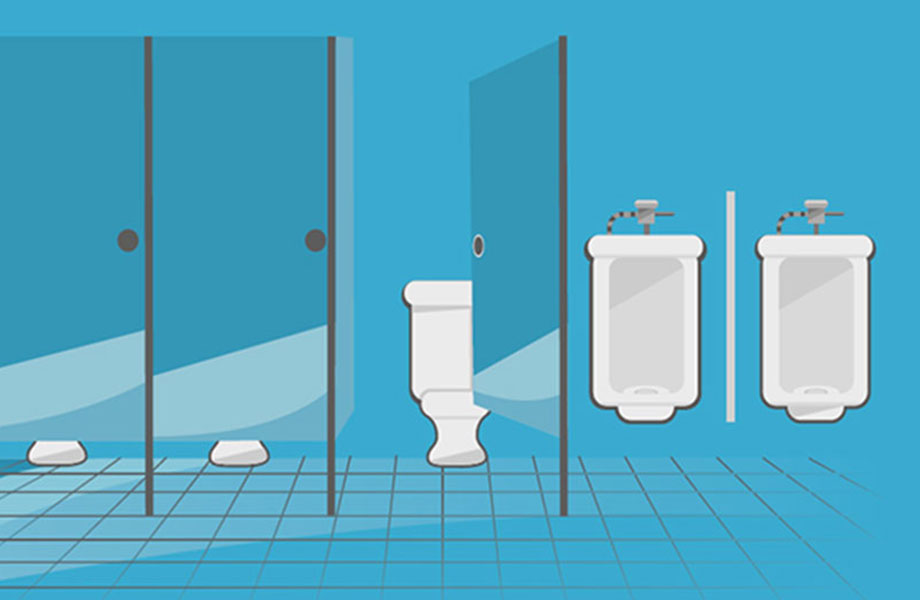Washrooms: Age/Generational Attitudes
Washrooms: Age/Generational Attitudes
If you thought wanting a clean environment and feeling clean was a universal age-less need, think again. When it comes to differences between the generations, being older really does change things.

Our research finds that while there is broadly similar reluctance to use public loos across the generations in their middle years (25-55 years), it’s both the young (18-24) and the older (55+) who are fastidious about finding clean loos. The 18-24 year olds and 55+ groups show the highest instances of being very likely to avoid touching bathroom surfaces (31% and 28% respectively); they are both most worried about the gap between the floor and the cubicle; and both these age groups also feel there aren’t enough toilets in shopping centres (39% and 49% respectively) and restaurants (14% and 19%).
Although there are some age-based surprises when it comes to being ‘very reluctant’ to use toilets outside the home, we found it’s the 18-24 year olds who are the most reluctant (30%), decreasing to 19% by the time people reach 55+. Generally speaking, advancing age means advancing concern with cleanliness.
From the age of 25 onwards, each successive (ten-year) age band shows a rise in the belief that non-home toilets are a breeding ground for germs. Some 48% of 25-34 year olds say this, rising to 50% amongst 35-44s; 51% for 45-55s and 58% of those 55+. With age also increases the desire for hands-free flushing, better ventilation and thicker toilet paper.
It may well be that some of this is self-fulfilling. More people in the 55+ age bracket report seeing people frequently not washing their hands (nearly 40% do), compared with those who are 25-34 (23%). Concern for cleanliness may also be linked to spending more time in toilets than others - when it comes to visiting for five minutes or more, the 55+ age group score the highest (nearly 5%). Moreover, some of lengthier visit times may be time spent cleaning up before they use the loo itself - 63% of over 55s have had to clean up first, higher than any other age group. Busting one stereotype is the fact older people are actually ‘caught short’ less (the 18-24s hold this record), so it seems that when they do have to use loos that aren’t their own, they need them to be spotless.
One clear observation is that in the quest for cleanliness, older people are actually agnostic about unisex public toilets. Generation Xers are more likely to want gender specific loos than Baby Boomers, while older people show similar levels of neutrality to other age groups about being comfortable using unisex toilets overall.
However, the place where gender does seem to matter is at work. The over 45s and over 55s show the highest propensity to feel ‘very awkward’ sharing the same toilet at work (31% and 30%) and because of this they also try to use the loo less; just 1% of over 55s would prefer a unisex toilet at work. This is the lowest of any age group. The under 24s meanwhile are most likely to prefer it (12%).
For older users of loos, cleanliness also trumps things like graffiti (around half of people from 25 onwards say they don’t like it, but it doesn’t dramatically change with age), but older people do prefer brighter bathrooms. You can also count on strong-held attitudes towards sticking to the ‘rules’ shining through - greater percentages of those over the age of 45 and 55 (22% and 18% respectively vs 16% for under 24s) say it’s never acceptable for a non-disabled person to use disabled toilets.
Learn more about our Washroom Whitepaper and discover our collection of washroom products.



